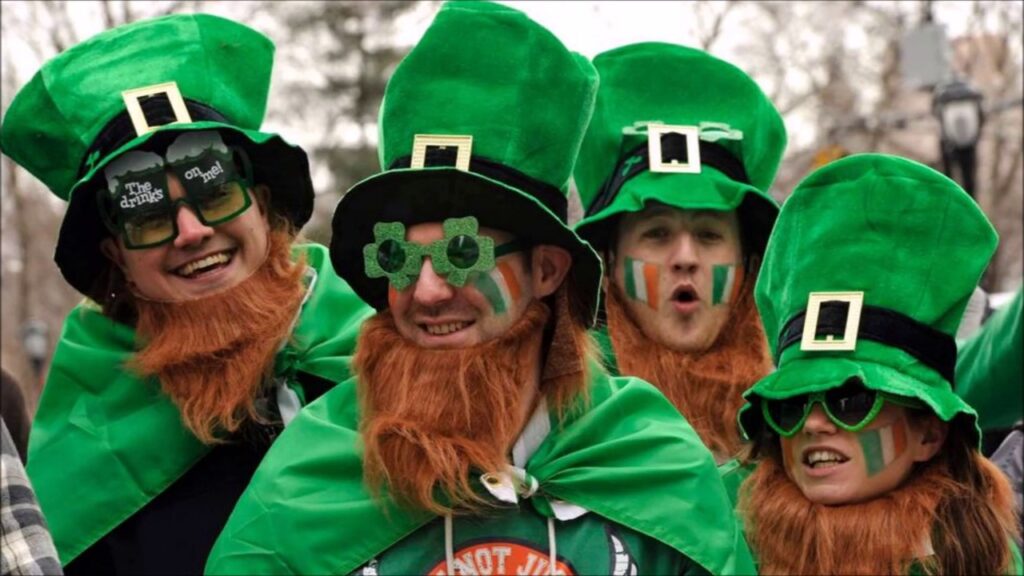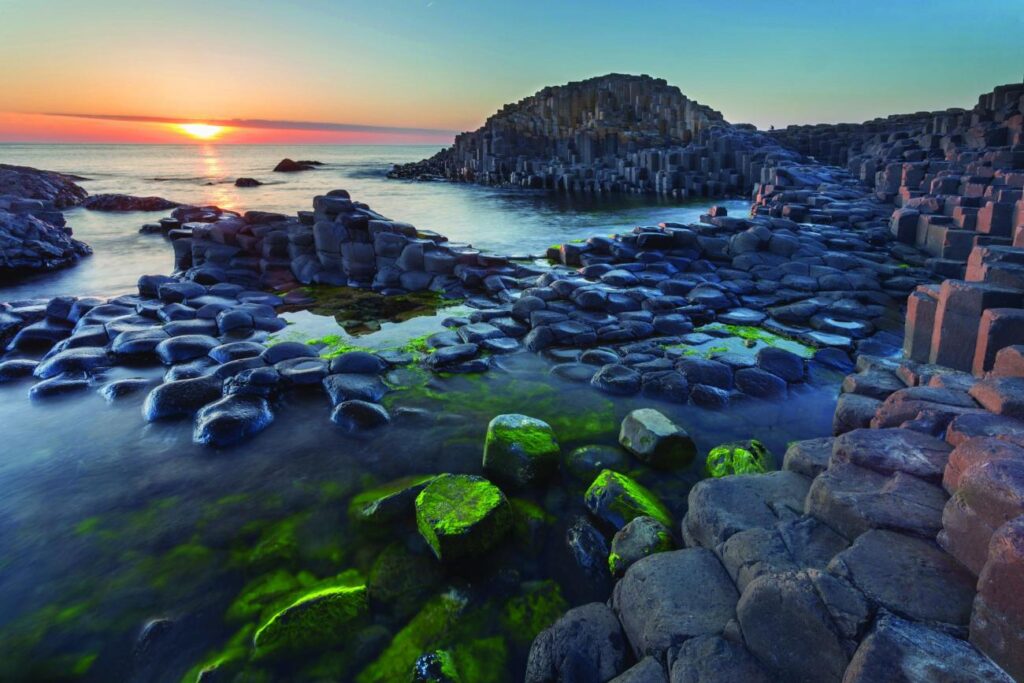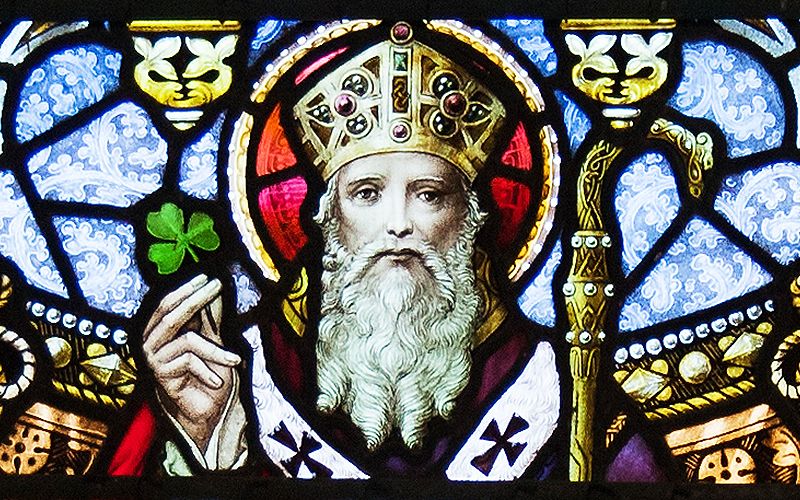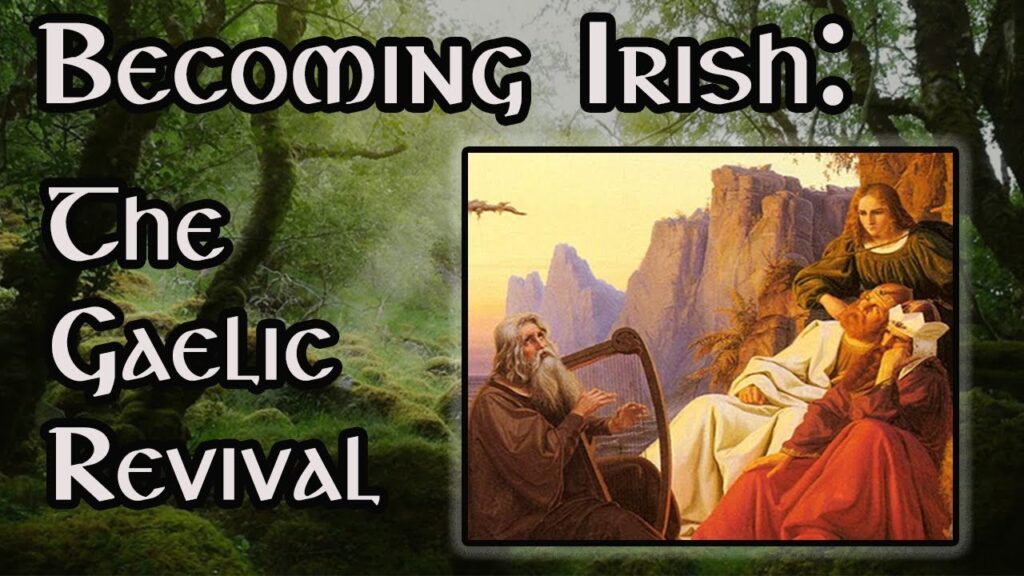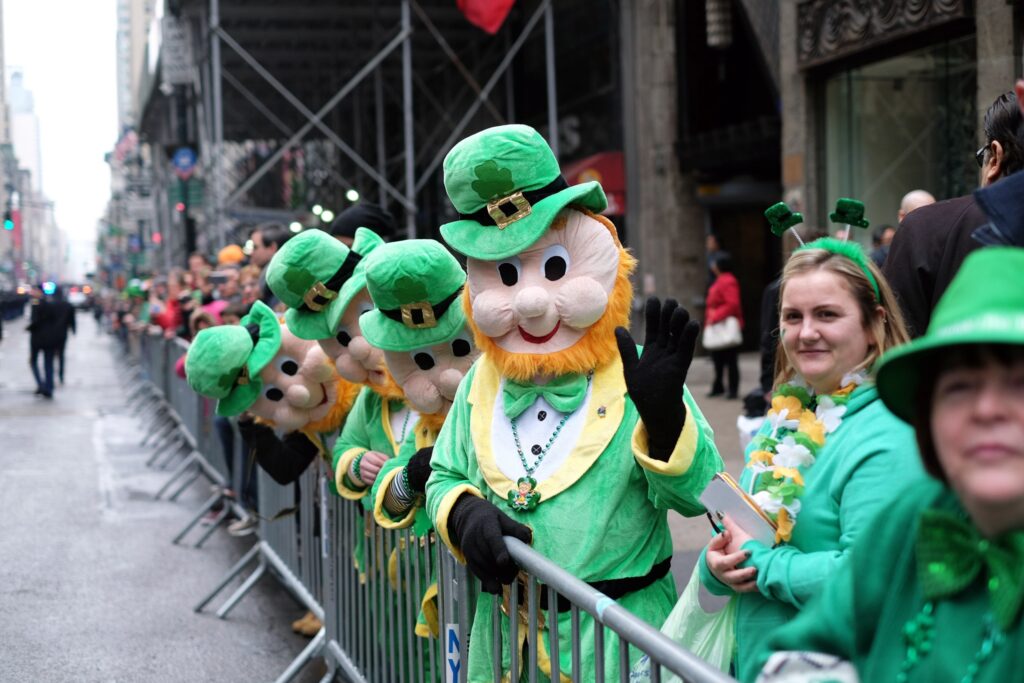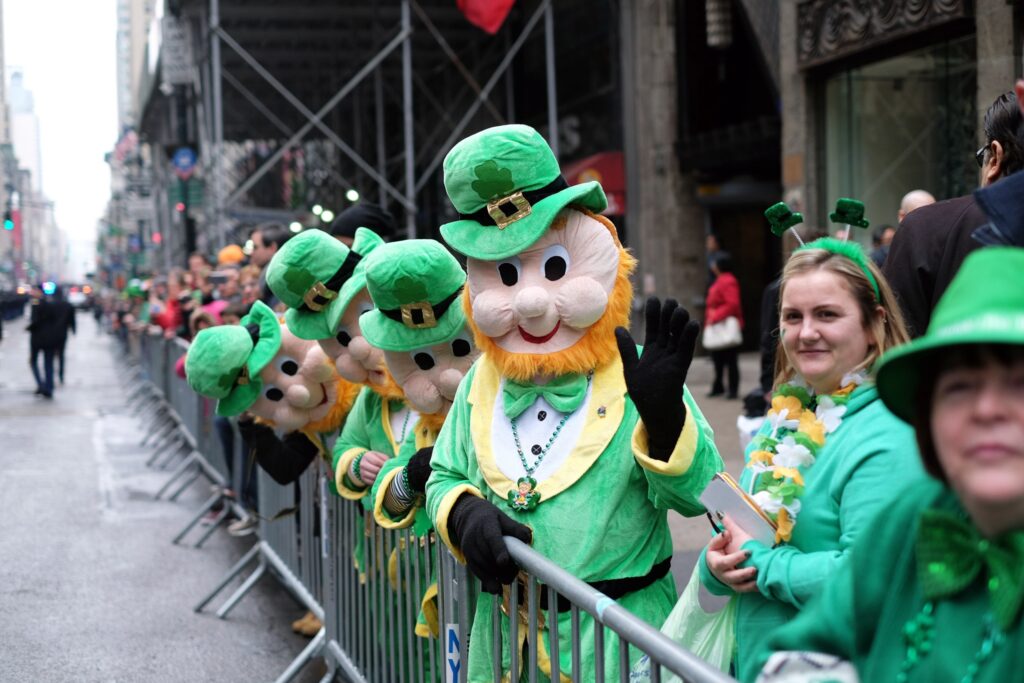Why We Wear Green on St. Patrick’s Day
Every year, as the 17th of March approaches, people around the world don their finest green attire to celebrate St. Patrick’s Day. But have you ever paused to consider why we wear green on St. Patrick’s Day? This vibrant color, synonymous with Irish culture and heritage, is more than just a festive wardrobe choice. The roots of this tradition run deep, echoing through centuries of history, spirituality, and national pride.
Understanding the significance of wearing green on this day invites us into a journey that explores ancient customs, religious symbolism, and the evolution of cultural identity. From the lush landscapes of Ireland to the modern parades celebrated in cities worldwide, the color green serves as a visual representation of unity, belonging, and a celebration of Irish heritage.
The Historical Roots of Green in Ireland
The association between the color green and Ireland is not merely a product of contemporary culture; it stretches back into the mists of time. To truly appreciate this connection, one must first delve into Ireland’s fertile land, rich mythology, and the early days of Christianity.
Ancient Ireland and Its Fertile Landscape
Ireland, often referred to as the Emerald Isle, boasts a stunningly verdant landscape characterized by rolling hills, sprawling pastures, and dense woodlands.
This abundance of greenery has played an instrumental role in shaping Irish identity and mythology. Long before the arrival of Christianity, the Celts held the natural environment in high regard.
Green was not just a color; it was a representation of life and growth. The Druids, who were the priestly class among the Celts, believed that the lushness of the land symbolized fertility and regeneration. Ancient tales tell of deities and spirits that embodied the essence of the earth, and they were often associated with this vibrant hue.
From a symbolic perspective, green represented both the physical and spiritual aspects of existence. It signified the cycle of life—birth, growth, decay, and rebirth—mirroring the changing seasons and agricultural cycles that were central to Celtic life.
As such, the landscapes that were so integral to daily living also became profound symbols of the cyclical nature of existence. The very fabric of Irish lore was woven into the greens of the countryside, establishing an early connection between the land and its people that persists to this day.
Celtic Symbolism and Mythology
In addition to its ties to the natural world, green held profound meanings within Celtic traditions and mythology.
Celtic legends often featured figures that personified the land and its elements, making green a color not only of the earth but also of the spirit. It was believed that the fairies and supernatural beings inhabited the green hillsides and forests. These ethereal creatures were thought to be guardians of nature and the souls of the departed, further entwining green with themes of magic and mystery.
Moreover, the Celtic belief in the interconnectedness of all things found expression in the color green. It symbolized a harmonious relationship between humans and nature, embodying the idea that each person is a keeper of the land’s legacy. The use of green in art and symbolism was pervasive, serving as a reminder of one’s responsibilities toward the natural world.
As Christianity began to take root in Ireland, these existing associations with green were not erased; rather, they were transformed and repurposed. The introduction of St. Patrick, the patron saint of Ireland, marked a significant turning point in this transition.
St. Patrick and the Emergence of Christianity
St. Patrick, who lived in the 5th century, is credited with converting many of the pagan Irish to Christianity. His teachings brought new meaning to the color green, intertwining it with Christian beliefs that had begun to flourish across the Emerald Isle.
One of the most enduring legends surrounding St. Patrick is his use of the shamrock to explain the Holy Trinity. With each leaf representing the Father, Son, and Holy Spirit, the shamrock became a powerful image of faith.
As the three-leaved clover is naturally green, this connection solidified the association between the color and Christian beliefs, marking a pivotal moment for the symbolism of green in Ireland. The shamrock and its green leaves became emblematic not just of Irish identity but also of the burgeoning Christian faith that would come to define much of Ireland’s future.
The transition from ancient Celtic symbolism to Christian iconography resulted in a dynamic fusion of beliefs, where green continued to symbolize life and renewal but now also conveyed spiritual significance. As the stories of St. Patrick spread throughout Ireland, so did the tradition of wearing green—linking the color firmly to the identity of the Irish people.
The Cultural Evolution of Green as a National Identity
While the historical significance of green laid the groundwork, the 19th and 20th centuries saw the evolution of this tradition into a broader cultural phenomenon.
With the rise of nationalism, Irish pride found expression in various forms, including the widely recognized custom of wearing green on St. Patrick’s Day.
The Gaelic Revival: Reclaiming Identity
The 19th-century Gaelic Revival was a cultural and political movement aimed at revitalizing Irish language, literature, and folklore. During this period, the color green became a potent symbol of Irish nationalism and identity.
Green was embraced as a way to celebrate Ireland’s distinctiveness, particularly in the face of British rule. The movement sought to instill a sense of pride in Irish heritage and culture, which had long been overshadowed by colonial influences. Wearing green became a visible declaration of allegiance to the country and its traditions, resonating deeply with those who sought to reclaim their identity.
Celebrations of St. Patrick’s Day began to reflect this growing pride, creating a unique blend of cultural expression that encompassed traditional music, dance, and storytelling. The color green was no longer just a mark of spring—it transformed into a symbol of resistance and collective identity.
Irish Emigration and Diaspora
The mass emigration of Irish people, especially during the Great Famine of the 1840s, played a crucial role in disseminating the tradition of wearing green across the globe. As Irish immigrants settled in places like North America, they carried their customs and cultural symbols with them.
For many emigrants, wearing green was a way to maintain connections to their homeland and assert their identity in a new and often challenging environment. It served as a comforting reminder of home, allowing individuals to find solidarity within their communities while also sharing their heritage with others.
Parades and festivals celebrating St. Patrick’s Day flourished, becoming grand expressions of Irish culture that showcased everything from traditional dress to spirited revelry. These events drew both Irish and non-Irish participants alike, fostering a sense of togetherness that transcended borders.
Political Symbolism and Independence Movements
As the 20th century unfolded, the wearing of green took on additional significance amid the backdrop of political struggle for Irish independence. Organizations like the Irish Republican Brotherhood adopted the color as a symbol of defiance against British rule.
In this context, green represented not only cultural pride but also a commitment to self-determination and sovereignty. The color became a rallying point for those advocating for change, and it was prominently displayed in protests and declarations of independence.
Throughout this tumultuous period, wearing green evolved into a powerful act of solidarity and resistance. It united people under the banner of a shared cause, reinforcing the notion that green encapsulated the spirit of the Irish fight for freedom.
Modern Celebrations and Global Influence
Today, the act of wearing green on St. Patrick’s Day is a widespread global phenomenon that transcends its original religious and nationalist connotations. While the historical roots remain important, the modern celebration invites everyone to partake in the festivities.
A Celebration of Irishness
St. Patrick’s Day has transformed into a vibrant celebration of Irish culture that embraces people of all backgrounds. Wearing green has become a universal symbol of participation, allowing individuals to connect with a sense of joy and revelry that knows no boundaries.
Festivities vary widely from country to country, but the common thread remains the color green. Whether it’s through clothing, accessories, or decorations, green serves as a visual cue for celebration.
Across the globe, people gather to celebrate with parades, music, food, and drink—all while decked out in green attire. In cities like New York, Boston, and Chicago, the festivities reach epic proportions, showcasing the depth and richness of Irish culture while inviting everyone to join in the fun.
A Symbol of Good Luck and Festivity
Wearing green on St. Patrick’s Day also conjures notions of good luck. Many believe that the color is associated with fortune and positivity, bringing blessings for the year ahead.
As people don their green clothing and participate in the joyous celebrations, they embrace these themes of hope and happiness. The festive atmosphere created by the sea of green adds a sense of vibrancy and excitement to the day, inviting everyone to join in the merriment.
It’s worth noting that while the reasons behind wearing green are rooted in history and symbolism, today’s emphasis on fun and celebration has led to a relaxed interpretation of the tradition. Both Irish identities and those simply looking to enjoy the festivities engage in wearing green, encouraging inclusivity and camaraderie.
Beyond Borders: Global Celebrations
The global reach of St. Patrick’s Day cannot be understated. In countries such as Australia, Japan, and even Argentina, celebrations occur that reflect the pervasive cultural influence of Irish traditions.
Cities across the world host parades, festivals, and events, drawing crowds eager to experience the revelry. Wearing green has become a symbol of togetherness, allowing people to unite over shared experiences and the joy of celebration.
These global festivities embody a collective appreciation for Irish culture and heritage while creating spaces for connections among diverse communities. The color green serves as a unifying force, reminding us all that celebration knows no borders and that the spirit of St. Patrick’s Day is alive and well in every corner of the globe.
The tradition of wearing green on St. Patrick’s Day embodies a multifaceted history that intertwines ancient beliefs, religious symbolism, and cultural identity.
From the verdant landscapes of Ireland to iconic figures like St. Patrick, the color green has evolved into a powerful symbol representing life, renewal, and unity. The modern celebration of this cherished holiday reflects a rich tapestry of experiences, inviting people of all backgrounds to come together in joyful celebration.
Whether you’re participating in a local parade, enjoying traditional Irish fare, or simply sporting your favorite green attire, wearing green on St. Patrick’s Day transcends mere fashion. It represents a connection to history, heritage, and community—a visual reminder that we all share in the spirit of celebration and belonging.
>>> Read more: The Untold Story of the Origin of St. Patrick’s Day

